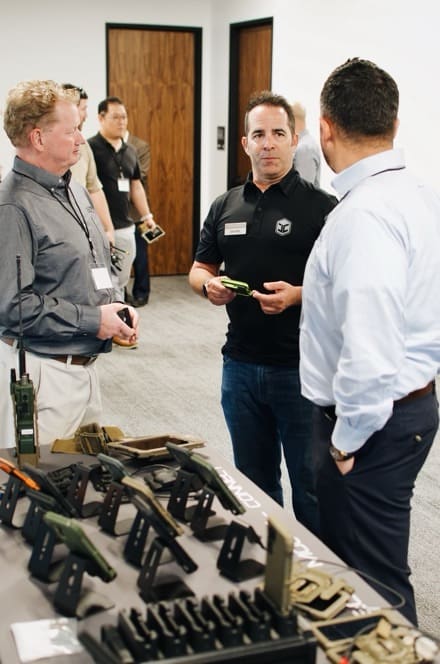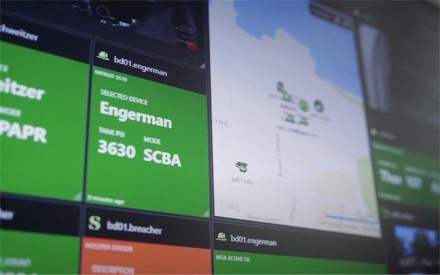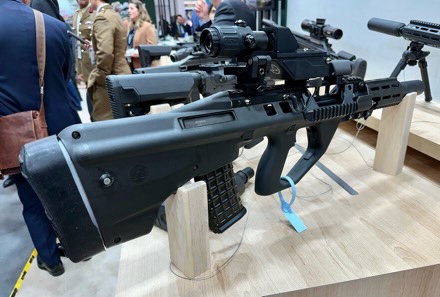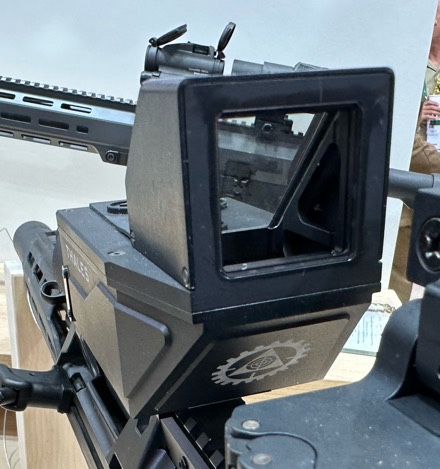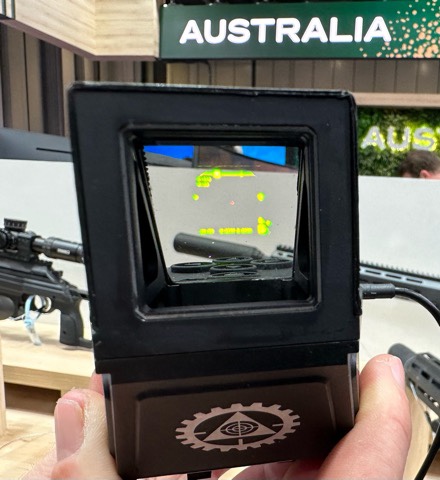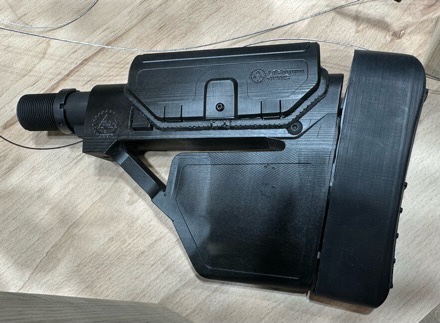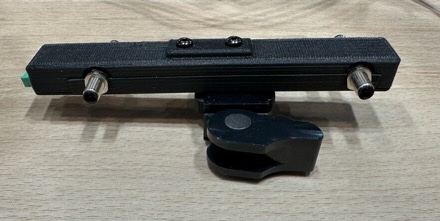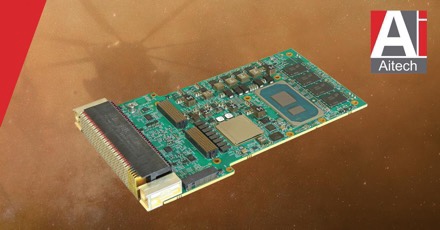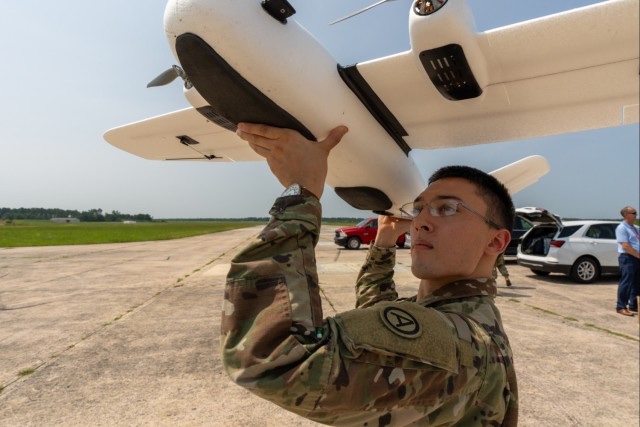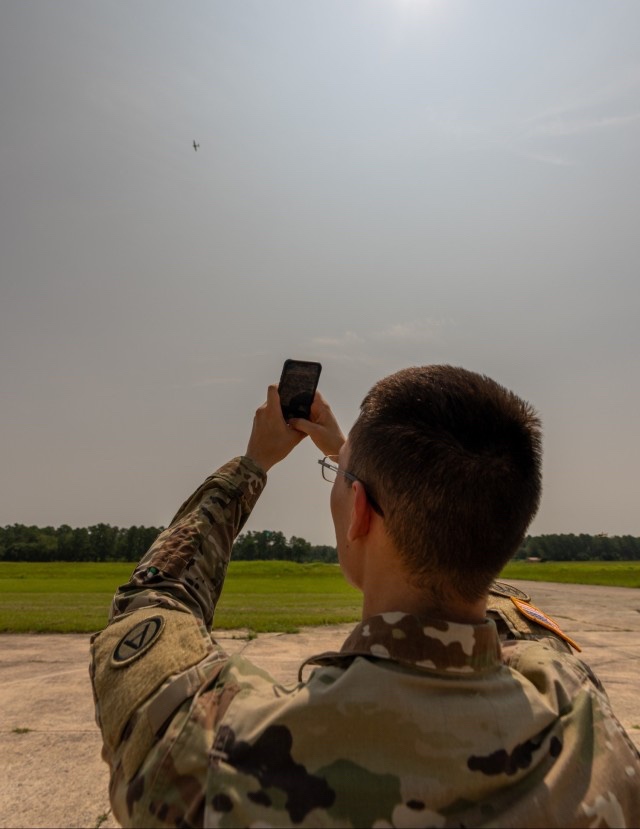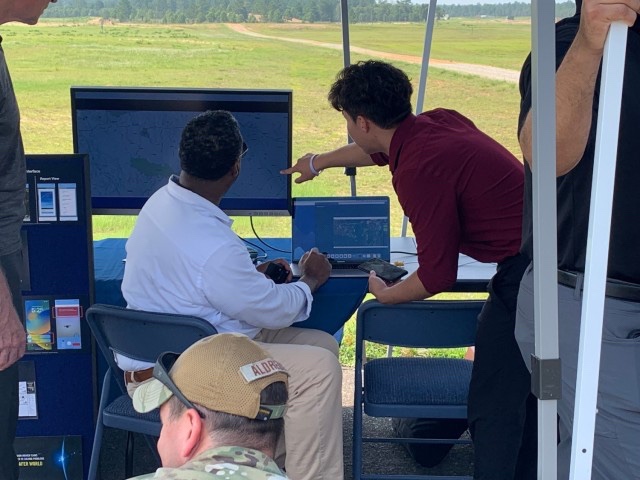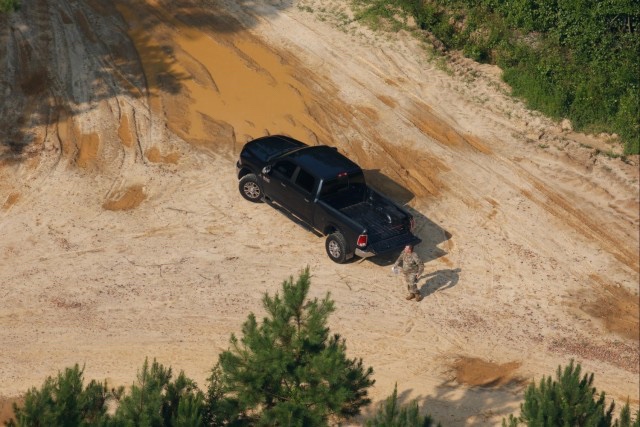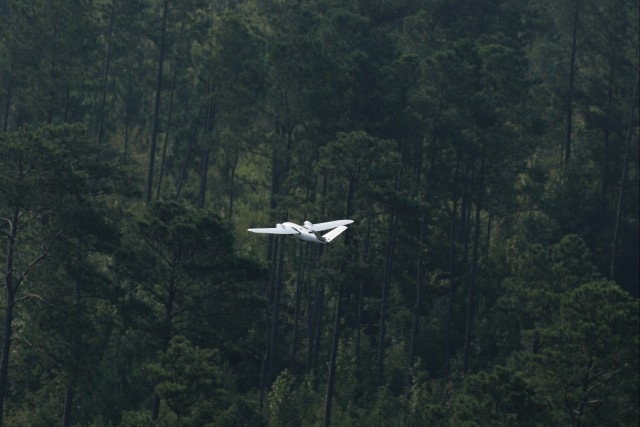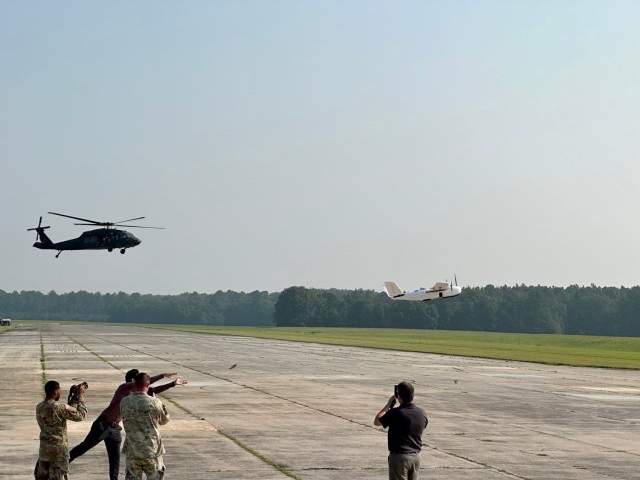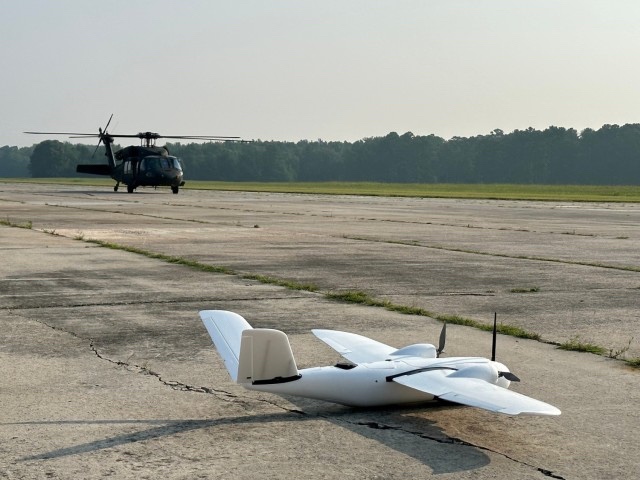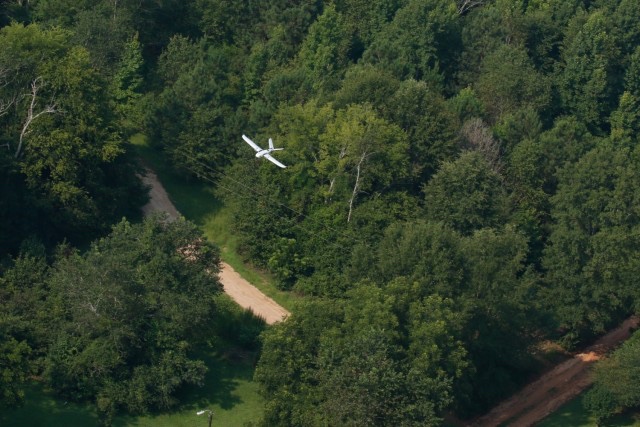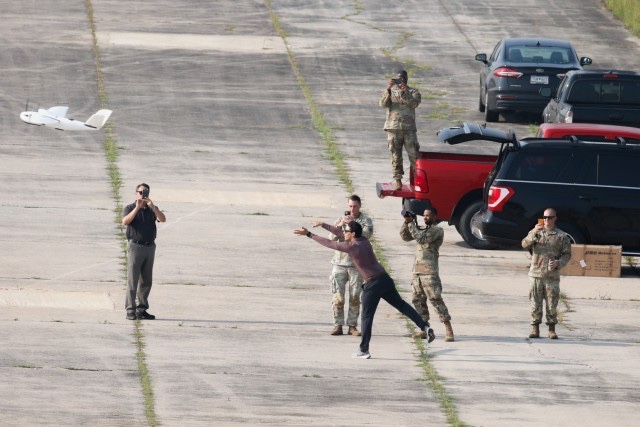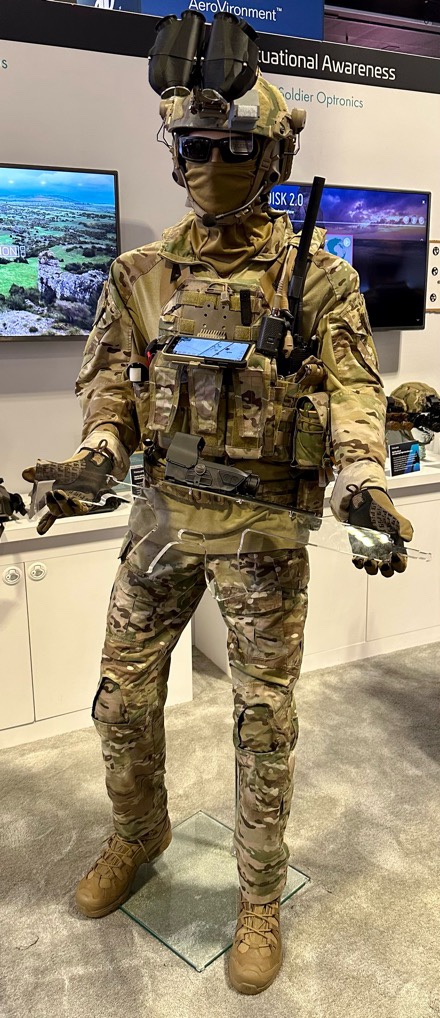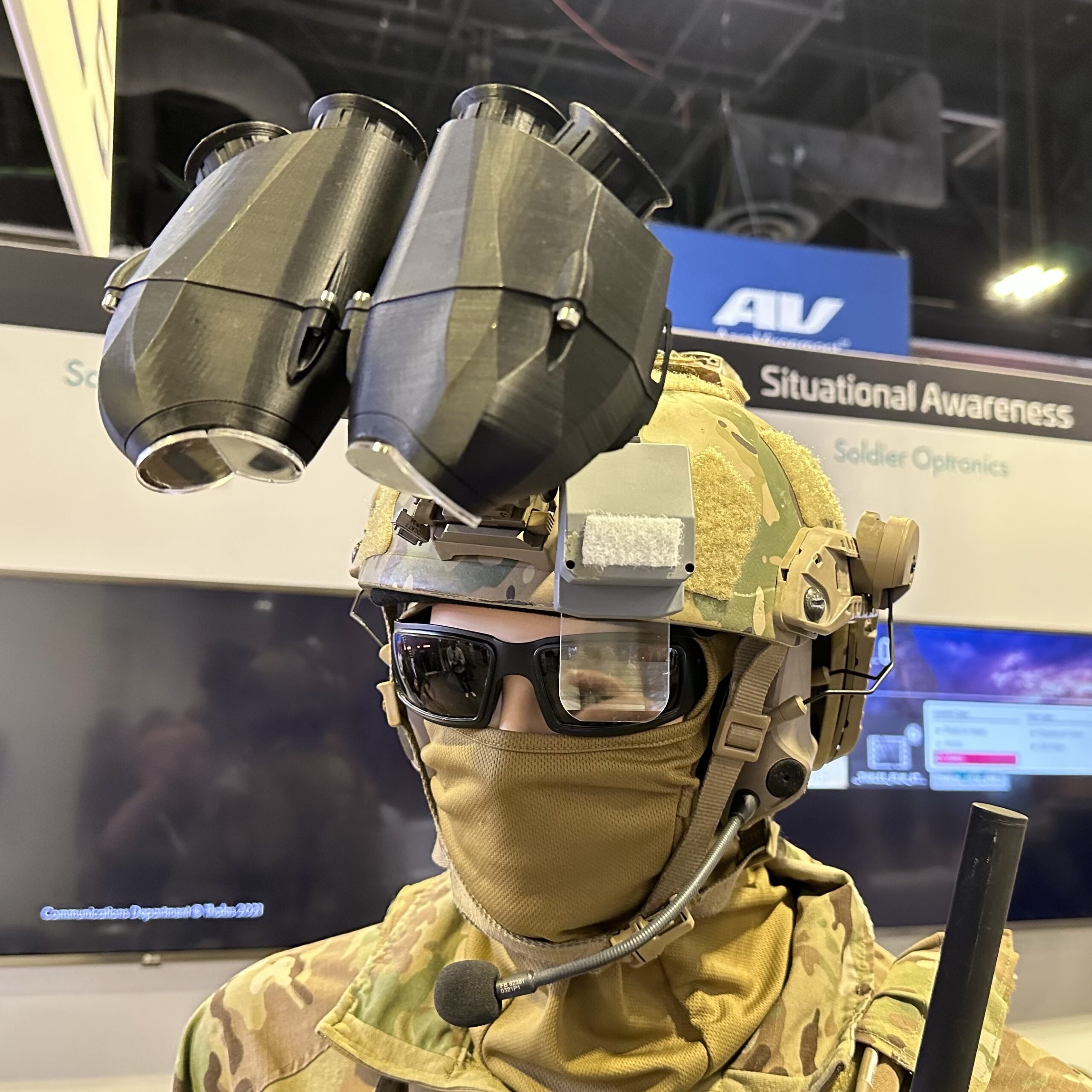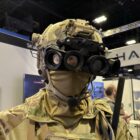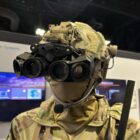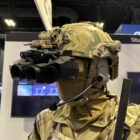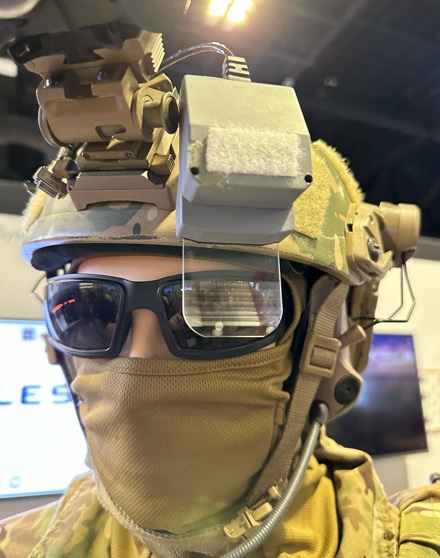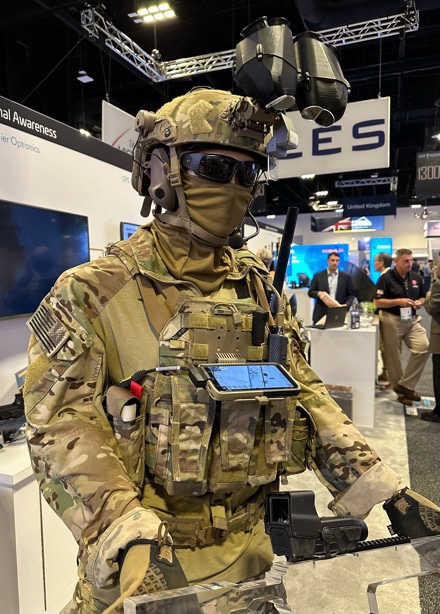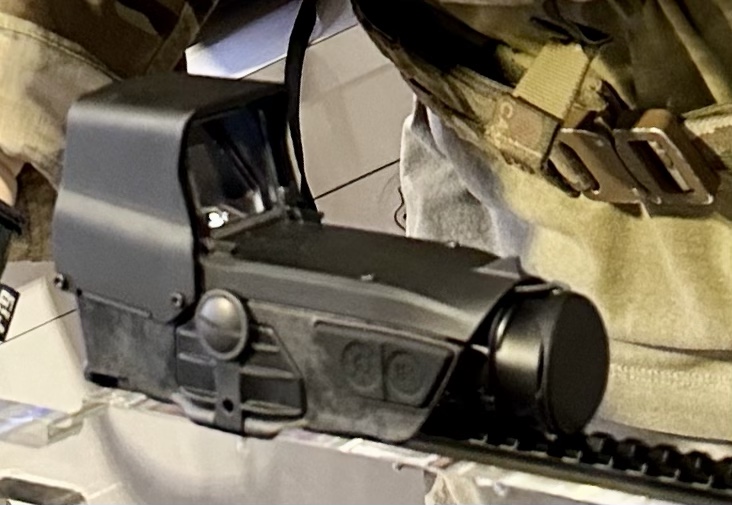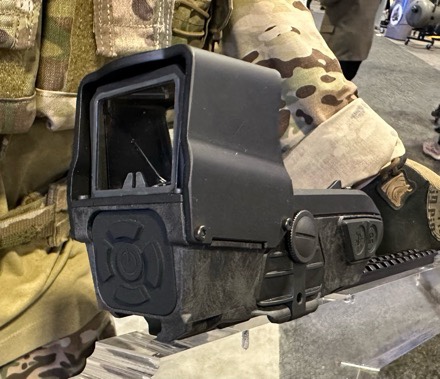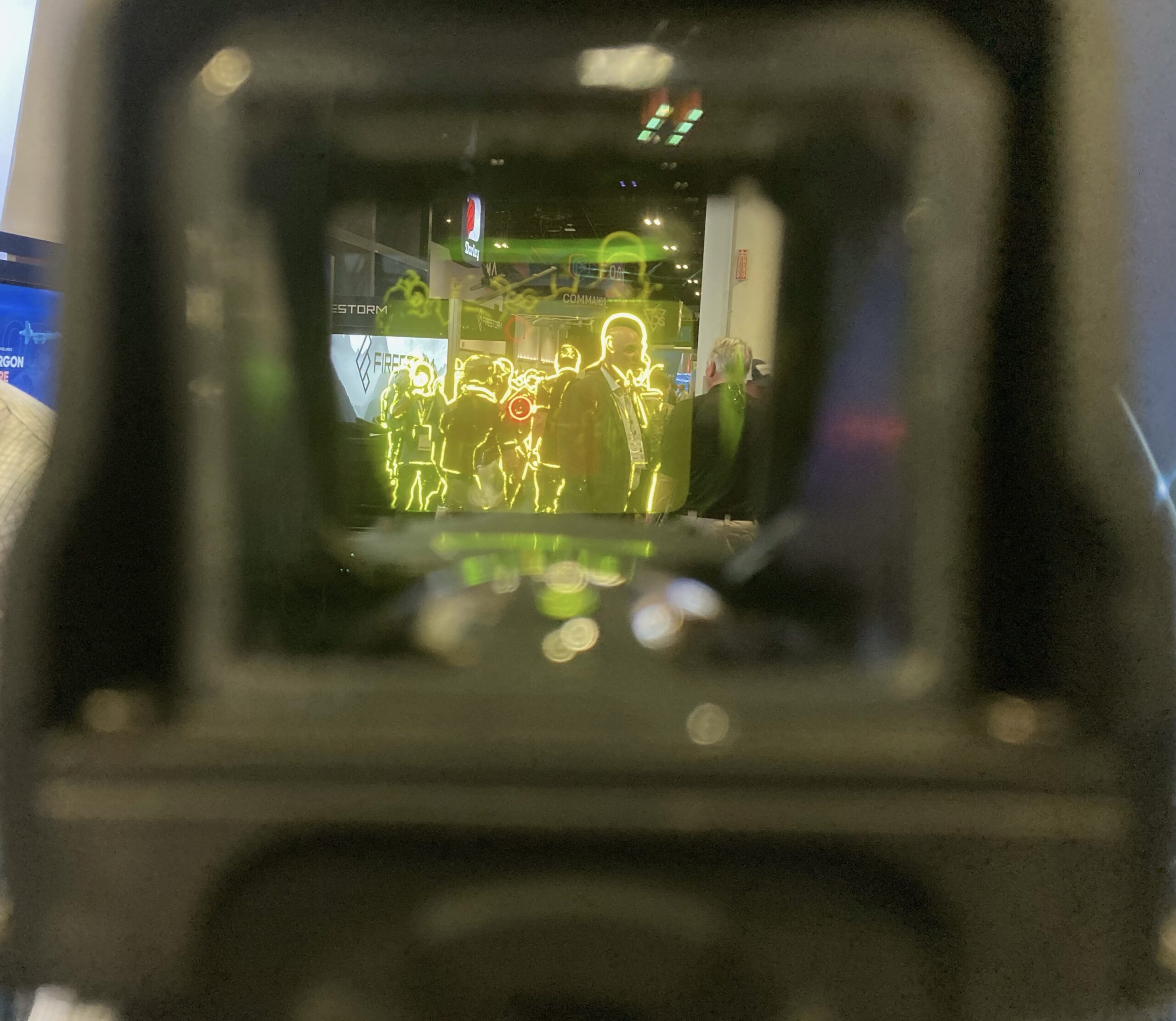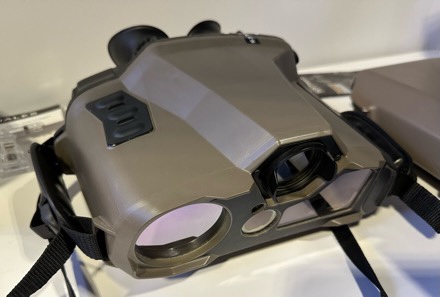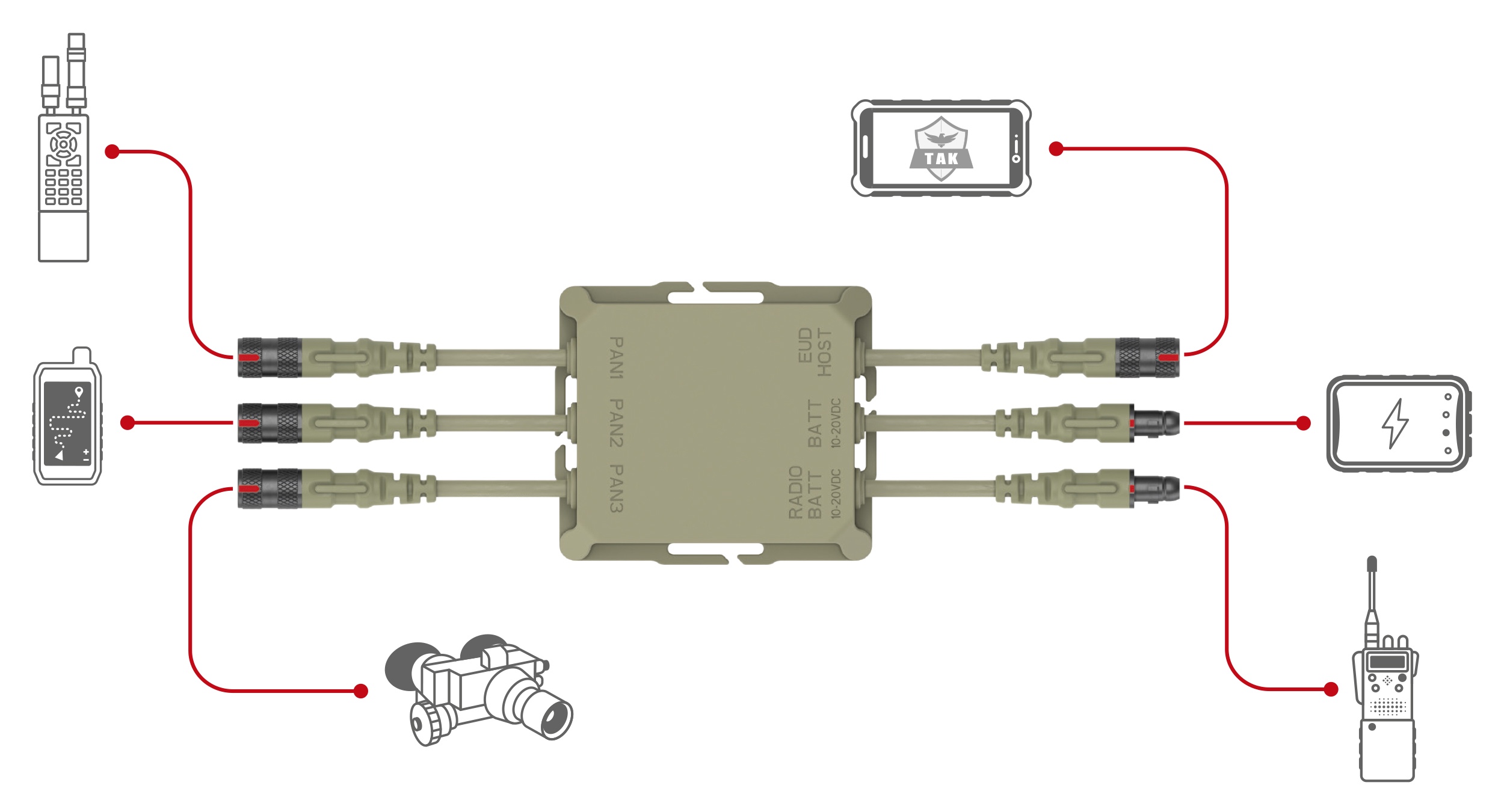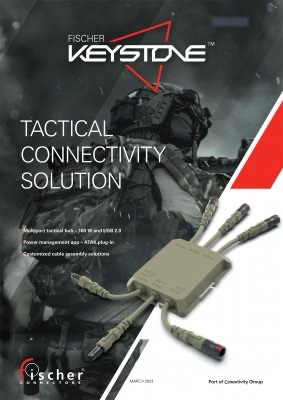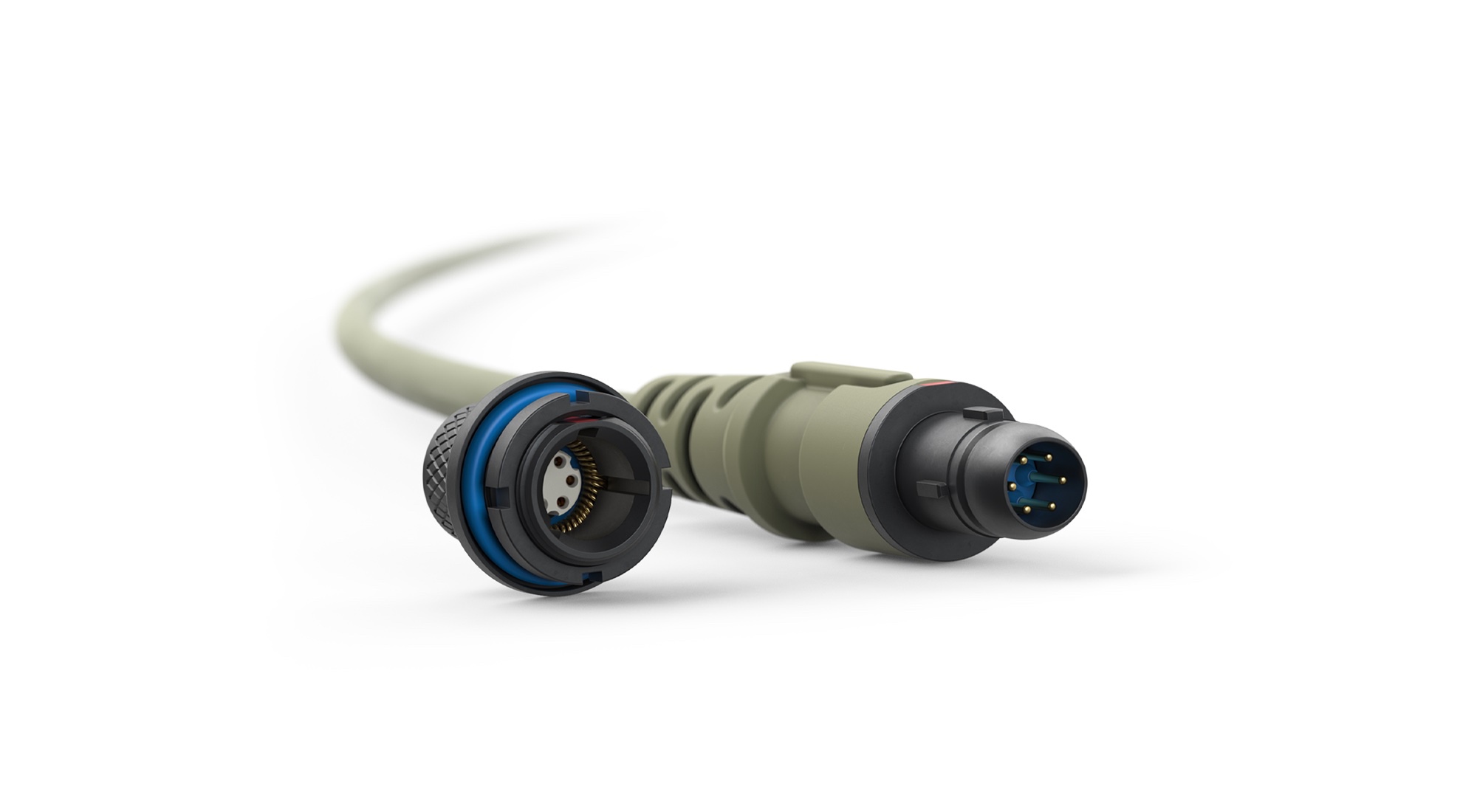Fort Belvior, Va –
In April, Program Executive Office (PEO) Soldier introduced its Architectural Assessment Tool (AAT)—a first-of-its-kind government-owned digital engineering ecosystem (DEE). The new suite of tools functions as a cloud-based software hub for a hub-and-spoke ecosystem, providing systems engineers and equipment developers with a centralized data source for 3D modeling and configuration management.
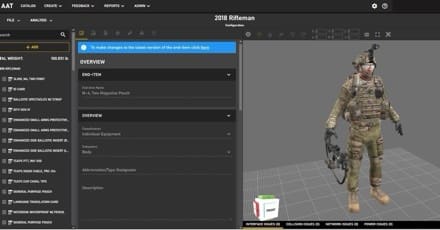
The AAT was developed under the Adaptive Squad Architecture (ASA) program which began in 2018. The AAT addresses the need for a comprehensive catalog that provides the Army Acquisitions community immediate access to authoritative data about equipment for dismounted Soldiers.
In developing the catalog, the team’s primary challenge was answering the question of how best to describe a complex, highly contextualized Soldier platform when the Army enterprise has various needs in developing, producing, and fielding Soldier equipment.
According to Dan Kitts, Architecture Lead for ASA, “Most platforms pay a lead systems integrator (LSI) to perform this function. In the case of the Soldier platform, however, there are seventy to over one hundred distinct items on a given Soldier configuration but without an LSI to manage them.”
The solution evolved into a digital engineering environment with a suite of tools that provides users with immediate firsthand access to the central source of authoritative data. Since no out-of-the-box software solution existed, the ASA team built its own.
The new cloud-native software application is the product of a multi-year effort that included developing the software and preparing it for deployment on the Army cloud network cARMY, with secure enterprise access management through EAMS-A.
For Aaron Copeland, Lead Technical Manager for AAT, having a centralized digital catalog of Soldier equipment is crucial for the future of systems integration. “The complexities of Soldier equipment negate having a single expert. For informed integration, we needed a well-curated system that’s immediately accessible,” Copeland said. “Engineers haven’t had this before. Now they can crowdsource data and look at Soldier systems in detail.”
Functionally, the AAT enables engineers to drag and drop any number of PEO Soldier’s equipment items onto a 3D Soldier model (or digital manikin) and allows them to test-fit items for a clearer picture of potential configuration and interoperability challenges earlier in the developmental process.
The tool also gives engineers immediate access to specific data points like bandwidth, interfaces, aggregate weight, and Soldier load, helping create a common operating picture of the Soldier platform.
To Kitts, the real purpose of AAT is to foster Soldier centered design throughout an item’s lifecycle. “ASA’s mission is to place equipment in the context of the Soldier before Soldier Touch Points,” Kitts said. “The desired outcome is that Soldiers intuitively understand the equipment they receive
from PEO Soldier was built for them, similar to when someone unboxes a new phone or buys a new car.”
The AAT achieved Authority to Operate (ATO) and Authority to Connect (ATC) in April, giving the ASA team the green light to deploy the tool on cARMY.
The journey to achieving a government-owned solution was necessarily lengthy and Kitts appreciates the strategic patience ASA received from PEO Soldier’s senior leadership. “Their patience and support in getting us to this point allowed us to pivot from cybersecurity audit compliance to getting additional functionality, curating data, and onboarding additional DEE tools,” Kitts said.
The vision that drives this strategic patience has a broad focus – looking beyond enhancing PEO Soldier’s capabilities alone to helping close data-sharing gaps to foster more efficient collaboration with Army and Joint stakeholders.
“The real benefit of the Architectural Assessment Tool is helping our strategic partners achieve Soldier centered design,” explained Gary Keller, the Assistant Program Executive Officer for Futures and Integration, PEO Soldier. “With this tool, we can get accurate Soldier equipment data to the right people, when they need it, accelerating integration across the enterprise.”
With input from early adopters, the team continues to innovate with plans for AAT 2.0. The future update will feature an improved database better matched to describe Soldier context and a transition to a more widely used 3D engine.
In the near term, the ASA team is incorporating iPOWER, a power management system designed by the Naval Research Lab, and plans to add Cameo MagicDraw to the suite.
By Kris Hutsell, ARMY



